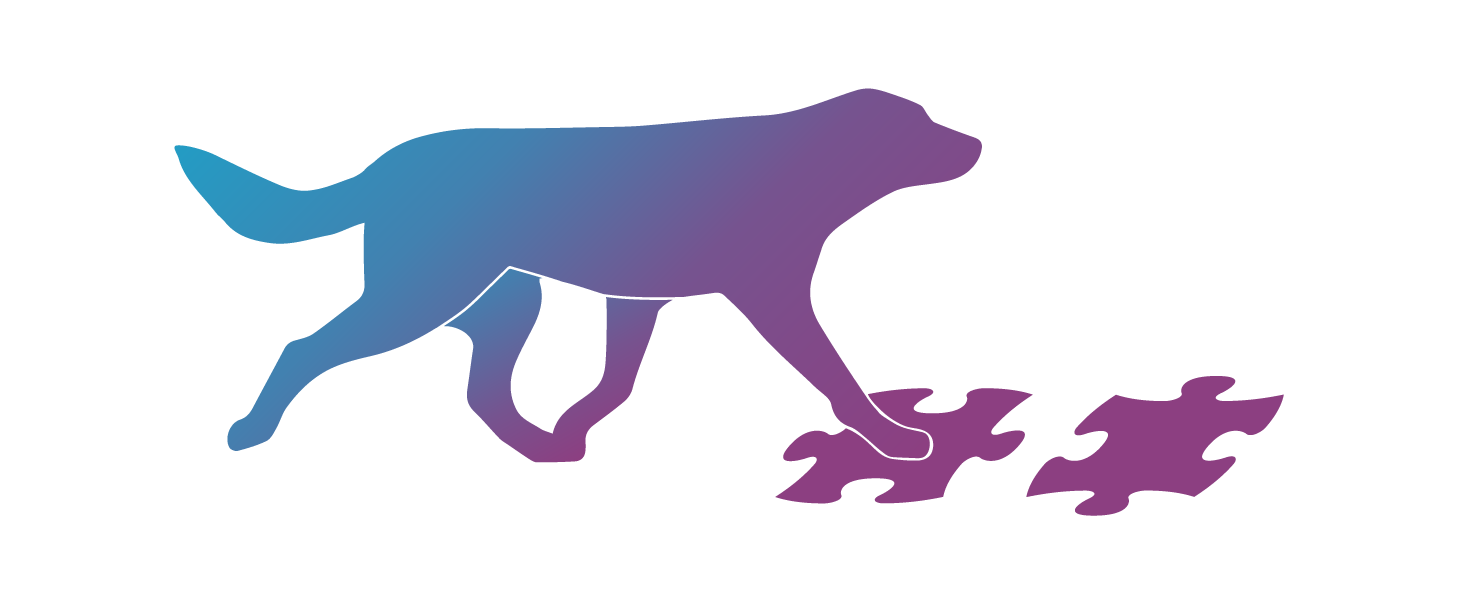Canine fitness training is gaining popularity for improving canine athletes’ strength and reducing the risk of overload injuries. And it’s an amazing tool for improving the quality of life of our canine companions!
However, canine fitness training is so much more than just strengthening work outs and a bit of body awareness and coordination training!
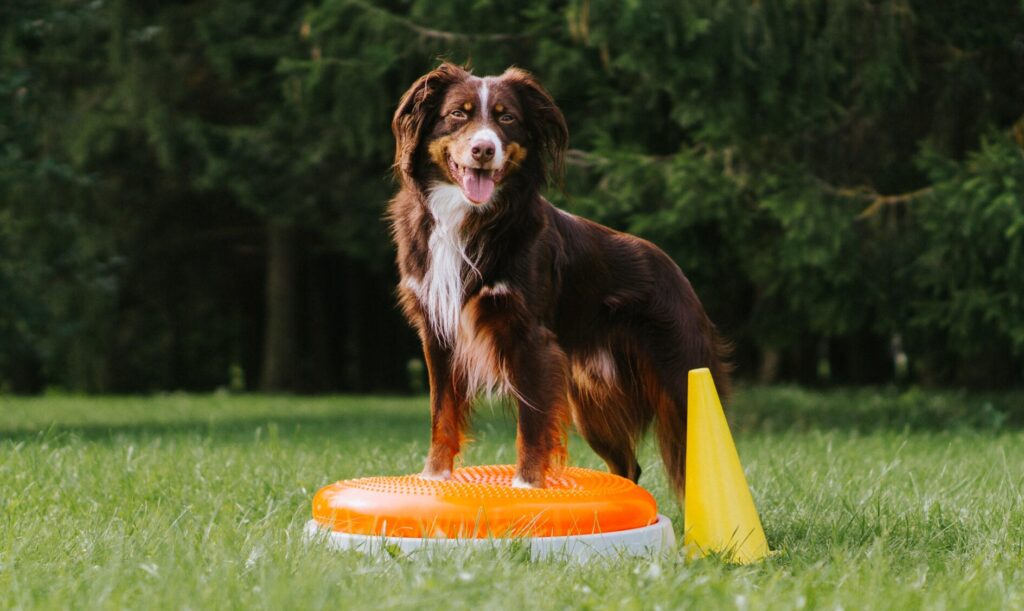
No matter the sports your dog is participating in – his body is involved in every single activity. And the better your dog knows how to use his body, how to move, the easier it will be for your dog to learn new skills and new sport exercises. And it also opens doors to a whole new level of performance and safety.
Fitness training shouldn’t only help to reduce injuries by strengthening the body and making it more durable to various loads during sport activities. It should also teach your dog the skills to navigate his body safely through complex exercises so that there will be lower loads affecting the body, lower risk of accidents due to carelessness and lower risk of acute injuries as a result.
How it works in real life?
One example that I love using to demonstrate this is running on the dog walk. Running on the dog walk is becoming increasingly dangerous due to higher course speeds, trickier course designs… not to mention crazy fast dogs who are super motivated to just play agility and don’t really care about the safety of their own bodies.
You dog doesn’t need to be super strong to run on the dog walk just once during an agility course. But he does need a whole lot of other fitness skills for running on the dog walk safely, without misplacing paws or falling off.
She needs to have incredible body awareness to know where her paws are and how much space she has for placing them safely on the dog walk. She also needs to balance super well while running on a narrow surface – despite difficult entry and exit angles pushing her to the side or handler making a handling mistake while running by her side. And she needs to coordinate her movements to hit the contact zone while running on a narrow surface.
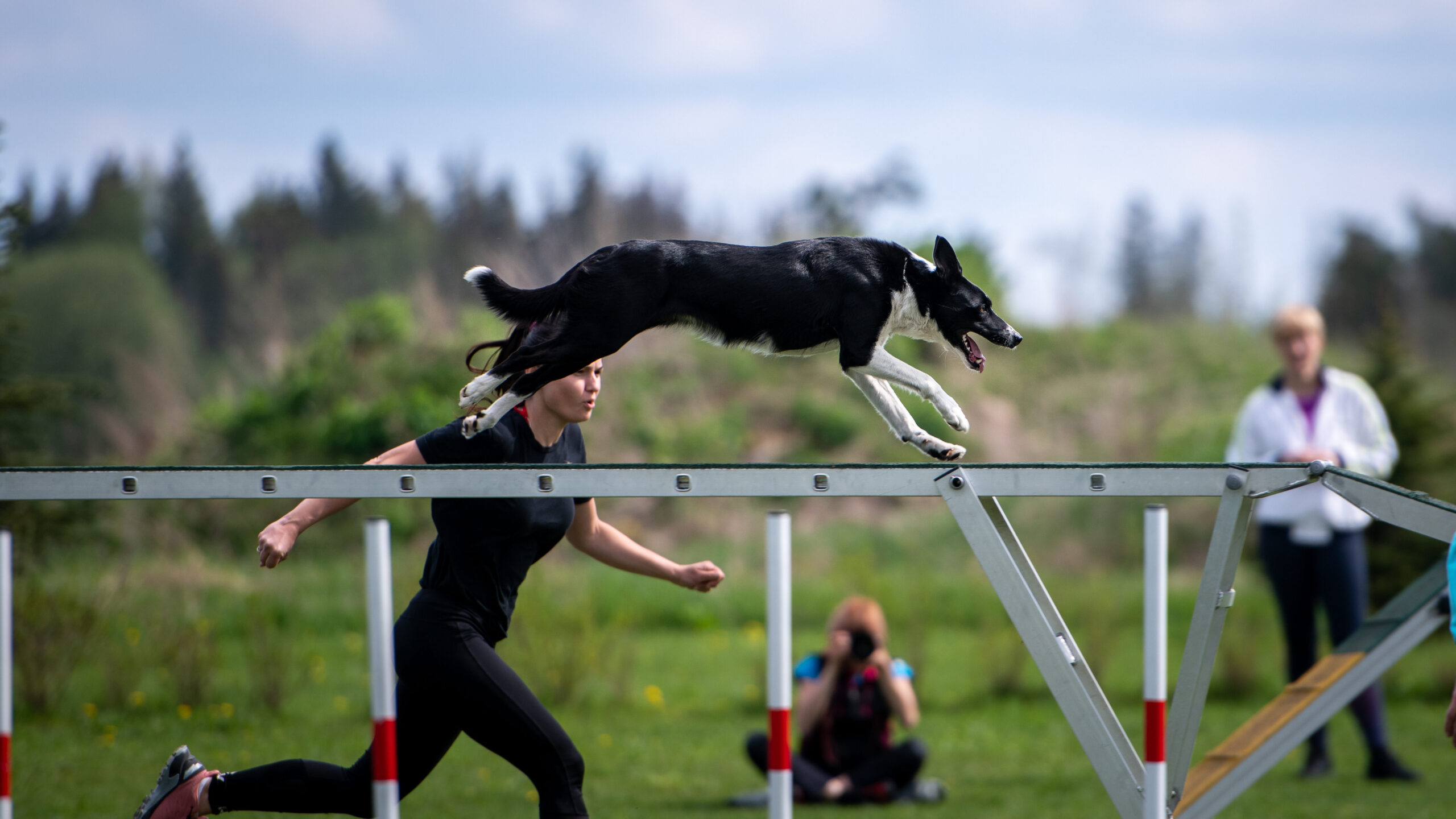
And these skills can all be taught as part of your dog’s fitness routine!
By teaching these elements to your dog before any actual dog walk training, your dog will learn to run the dog walk faster – because he already knows how to move and control his body when running on a narrow surface! As a result the dog walk training itself will become a lot safer, your dog knowing how to move on a narrow surface means that he’s less likely to misplace a paw off to the side, lose balance and fall off.
So, you see, fitness training shouldn’t be only about building stronger bodies. But it should also be about teaching your dog how to use her body during the challenges she faces in sport or work. So that she would know how to move and keep herself safe, reduce the risk of accidents and thus reduce the risk of injuries.
Here’s what you’ll need!
However, for fitness training to work that way, it needs to have 3 elements included. Elements that are often missing from canine fitness routines!
1 Exercises need to be specific to the challenge. If you are aiming to improve your dog’s skills for a specific sport challenge, then your fitness exercises need to target the elements of this challenge.
For example, dog walk is a long, narrow, high and stable surface. So you can improve your dog’s dog walk skills by using narrow stable platforms during fitness, body awareness and coordination exercises! Using narrow surfaces automatically makes the learnt skills more readily transferable to the real dog walk.
A good exercise for improving your dog’s body awareness for moving on narrow surfaces is doing sidesteps on and off a narrow platform. Your dog will learn to control her body on a narrow surface and gets a better idea of how much space she has for moving on surfaces like the dog walk.
2 Generalizing fitness skills to distractions and excitement levels of the actual sport. Strength training is more or less universal – if you train strength in your living room, then your dog will be stronger in the agility field.
But body awareness, coordination (and even using optimal amount of strength) are actually dependent on your dog’s current mental state. The more excited or distracted your dog is, the more difficult it is for him to move with focus, precision and awareness. Have you noticed how some dogs struggle with hitting the dog walk contact zone or stopping on the seesaw in more exciting situations?
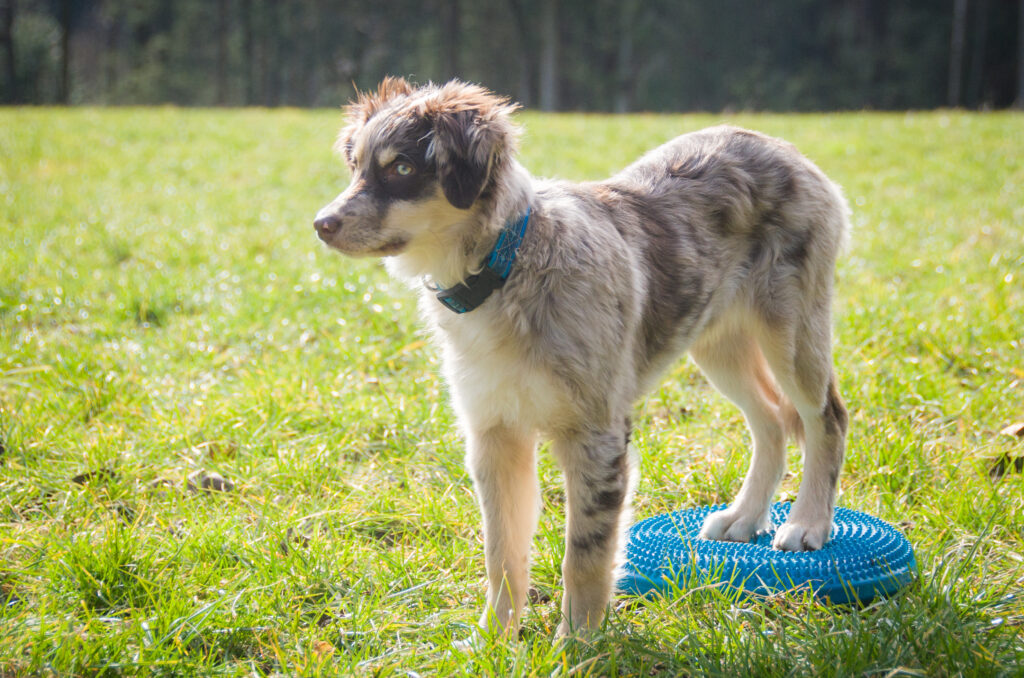
A great way to deal with this is generalizing fitness training to different environments and distractions! If we continue the dog walk example then you could try doing the sidesteps on a narrow platform near an agility field while other dogs are running and barking. Will your dog be able to do this exercise with the same fluency as at home?
Dogs who find handler movement distracting would also benefit from doing exercises while you move around. You can’t apply this to every fitness exercise, but – for example – you could do a balanced stand on a platform while you practice handler movements in the background.
3 Adding movement to your dog’s fitness routine. During sport and work your dog is rarely still… and most likely he most needs great body awareness, balance and coordination while actually moving.
Yes, it all starts from doing exercises first standing, then moving slowly. But the next step is to add more movement. And trust me, doing coordination and balance exercises while moving is a whole new level of challenging! Yet it’s the only way to make sure that the skills you’ve worked so hard on will actually transfer to real life situations.
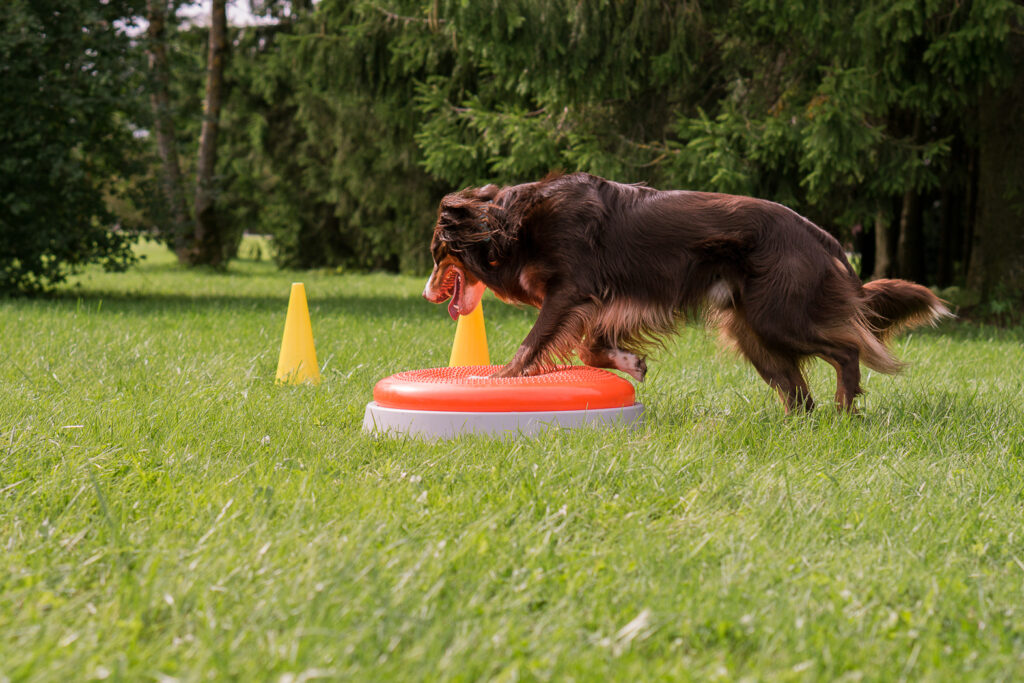
One way you could add movement into your fitness training routine is asking your dog to run around a cone and then stop on a platform. By changing the cone position, you can change the “entry” angle and speed to the platform to improve your dog’s balance, body control and body awareness while moving. Especially important for those tricky dog walk entry angles where so many dogs misplace the paws to the side and fall!
A word of warning!
Not having these three elements included in your fitness routine means that your dog won’t get all the amazing benefits fitness training has to offer! The fitness skills won’t transfer to real life challenges as easily and your dog won’t know how to use these learnt skills while running.
For example, you can do all the body awareness, balance and coordination exercises with your reckless agility dog, but without including these 3 elements it’s unlikely your dog’s skills will transfer to real dog walk performance. And your dog will still misplace paws, lose balance and fall off.
But keep in mind – for these 3 elements to work, your exercises and set ups do need to be adjusted to your dog’s challenges and skill level to actually work and give you results!
I’m a huge believer that improving your dog’s fitness skills well beyond strengthening workouts will improve his learning speed, confidence and he will have a lower risk of injuries. All because he actually knows how to use his body! And knowing how to use one’s body in all kinds of different situations is truly empowering.
If you are struggling with your dog’s dog walk performance, have a young agility dog just starting out with dog walk training OR you are a canine fitness enthusiast looking to add generalization and movement focused fitness training to your routine… I’ve got something for you! Enrollment to my course Beyond Dog Sports: Dog Walk is currently open. There’s no registration deadline, but the price is going up soon. I look forward to seeing you there!
Mari Valgma, CPCFT

